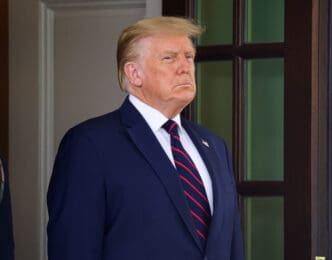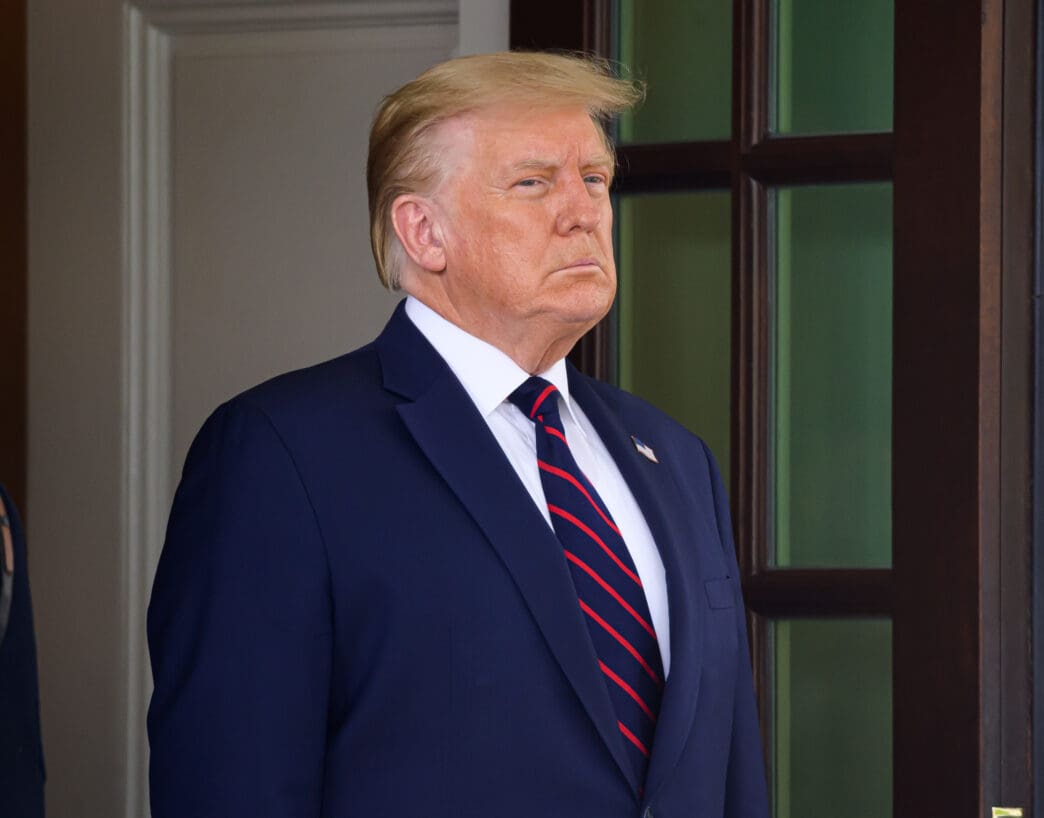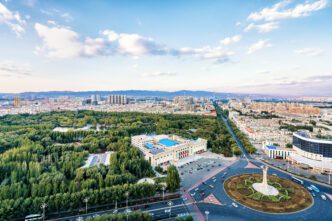Executive Summary
The Story So Far
Why This Matters
Who Thinks What?
U.S. President Donald Trump is set to host leaders from five Central Asian nations at the White House on Thursday, as Washington intensifies efforts to bolster its influence in a region traditionally dominated by Russia and increasingly courted by China. The high-level discussions aim to forge new partnerships for critical minerals, energy supplies, and alternative overland trade routes, reflecting a broader U.S. strategy to diversify supply chains and counter geopolitical rivals.
Strategic Engagement in Central Asia
The White House meeting leverages the C5+1 platform, launched in 2015, which brings together the United States and the five Central Asian states: Kazakhstan, Kyrgyzstan, Tajikistan, Turkmenistan, and Uzbekistan. This diplomatic framework is designed to advance cooperation on economic, energy, and security issues. The leaders are also scheduled to attend a dinner with President Trump at the White House on Thursday.
Amidst the diplomatic engagements, U.S. and Kazakh representatives signed a memorandum of cooperation on critical minerals during a meeting in Washington on Thursday, according to the news service of Kazakh President Kassym-Jomart Tokayev. The White House has not yet commented on the report regarding this specific agreement.
Competition for Critical Resources
The U.S. push into Central Asia comes amidst intensifying global competition for the region’s vast mineral resources. Western nations are actively seeking to diversify their supply chains, reducing reliance on Moscow and Beijing for essential materials. Gracelin Baskaran, a director at the Center for Strategic and International Studies think tank, noted that the administration will pursue both government-to-government engagement and commercial deals to secure U.S. access to vital minerals.
Baskaran emphasized that as China and Russia solidify their control over the region’s mining, processing, and infrastructure systems, Washington aims to establish a tangible foothold through targeted strategic projects. The five Central Asian nations, rich in minerals and energy, remain economically tied to Russia, their former Soviet ruler, while neighboring China has expanded its influence through significant infrastructure and mining investments.
Central Asia’s Resource Significance
These countries, home to approximately 84 million people, possess extensive deposits of uranium, copper, gold, rare earths, and other strategic minerals critical for the global transition to greener energy. Kazakhstan, the region’s largest economy, is the world’s leading uranium supplier, accounting for nearly 40% of global output in 2024, with Uzbekistan also ranking among the top five producers. Together, they supply just over half of the world’s uranium, a vital resource for U.S. nuclear power, which is a significant source of American electricity.
The urgency for diversification is underscored by Russia’s continued supply of roughly 20% of America’s imported uranium. Under President Trump, the U.S. has pursued a multi-pronged strategy to secure critical minerals and lessen its dependence on China, which currently dominates global supply chains for strategic metals including uranium, rare earth elements, copper, and titanium. China has historically leveraged this dominance by restricting exports, further driving Washington’s efforts to secure alternative sources.
Looking Ahead
The White House talks underscore Central Asia’s growing geopolitical importance as the United States seeks to carve out a greater strategic and economic role in a region traditionally at the crossroads of Russian and Chinese influence. The focus on critical minerals and energy security highlights Washington’s broader efforts to de-risk its supply chains and strengthen its economic resilience in a competitive global landscape.








